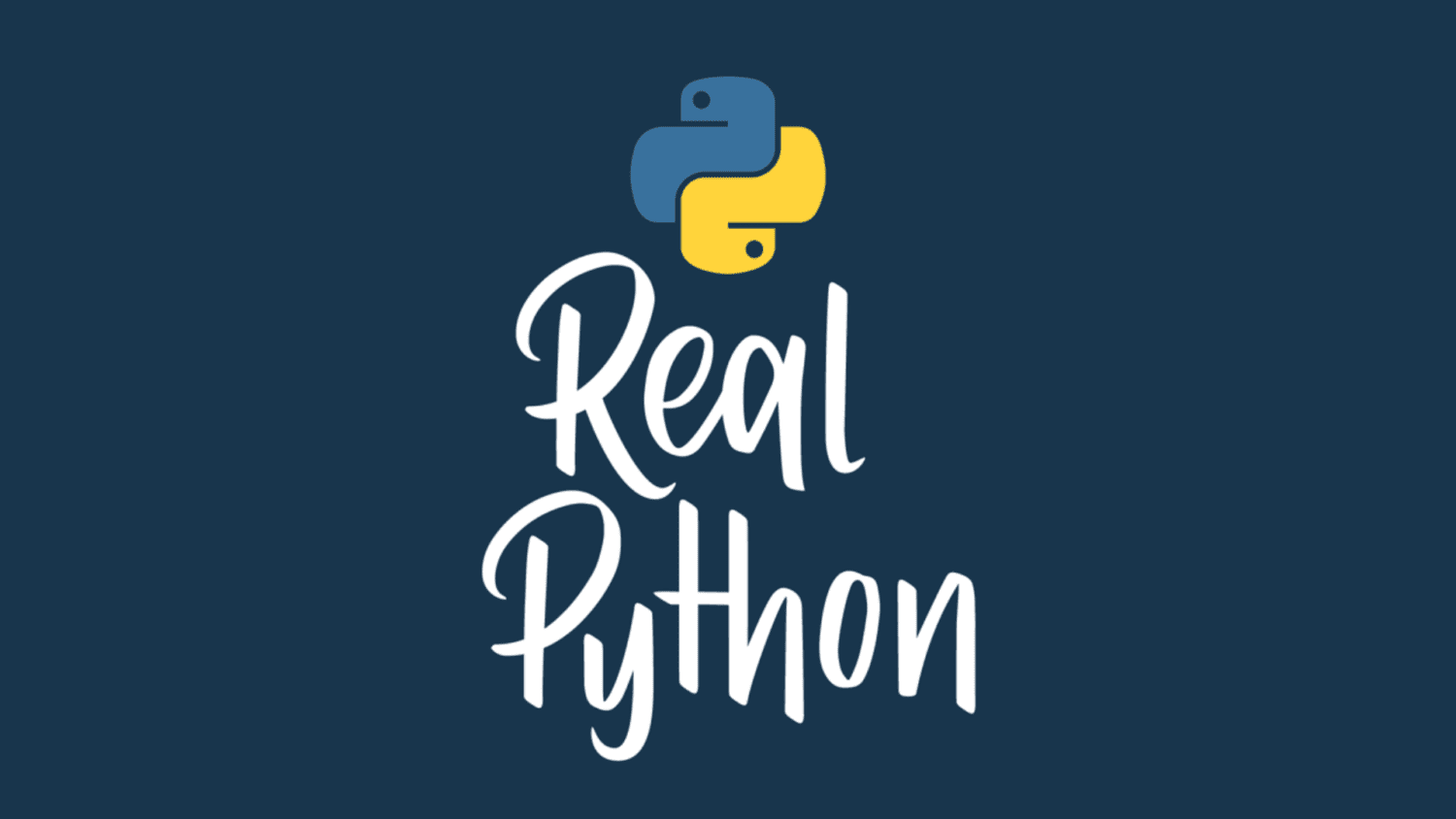
Python & APIs: A Winning Combo for Reading Public Data
Knowing how to consume an API is one of those magical skills that, once mastered, will crack open a whole new world of possibilities, and consuming APIs using Python is a great way to learn such a skill.
A lot of apps and systems that you use on a daily basis are connected to an API. From very simple and mundane tasks, like checking the weather in the morning, to more addictive and time-consuming actions, such as scrolling through your Instagram, TikTok, or Twitter feed, APIs play a central role.
In this tutorial, you’ll learn:
- What an API is
- How you can consume APIs with your Python code
- What the most important API-related concepts are
- How Python can help you read data that’s available through public APIs
By the end of this tutorial, you’ll be able to use Python to consume most of the APIs that you come across. If you’re a developer, then knowing how to consume APIs with Python will make you much more proficient, especially when it comes to integrating your work with third-party applications.
Note: In this tutorial, you’ll focus on how to consume APIs using Python, not how to build them. For information on building an API with Python, check out Python REST APIs With Flask, Connexion, and SQLAlchemy.
You can download the source code for the examples that you’ll see in this tutorial by clicking the link below:
Get the Source Code: Click here to get the source code you’ll use to learn about consuming APIs with Python in this tutorial.
Getting to Know APIs
API stands for application programming interface. In essence, an API acts as a communication layer, or interface, that allows different systems to talk to each other without having to understand exactly what the others do.
APIs can come in many forms or shapes. They can be operating system APIs, used for actions like turning on your camera and audio when joining a Zoom call. Or they can be web APIs, used for web-focused actions, such as liking images on your Instagram or fetching the latest tweets.
No matter the type, all APIs function mostly the same way. You usually make a request for information or data, and the API returns a response with what you requested. For example, every time you open Twitter or scroll down your Instagram feed, you’re basically making a request to the API behind that app and getting a response in return. This is also known as calling an API.
In this tutorial, you’ll focus more on the high-level APIs that communicate across networks, also called web APIs.
SOAP vs REST vs GraphQL
Even though some of the examples above are geared toward newer platforms or apps, web APIs have been around for quite a long time. In the late 1990s and early 2000s, two different design models became the norm in exposing data publicly:
- SOAP (Simple Object Access Protocol) is typically associated with the enterprise world, has a stricter contract-based usage, and is mostly designed around actions.
- REST (Representational State Transfer) is typically used for public APIs and is ideal for fetching data from the Web. It’s much lighter and closer to the HTTP specification than SOAP.
Nowadays, there’s a new kid in town: GraphQL. Created by Facebook, GraphQL is a very flexible query language for APIs, where the clients decide exactly what they want to fetch from the server instead of letting the server decide what to send.
If you want to learn more about the differences between these three design models, then here are a few good resources:
- What is SOAP?
- What is REST?
- API 101: SOAP vs. REST
- Introduction to GraphQL
- Comparing API Architectural Styles: SOAP vs REST vs GraphQL vs RPC
Even though GraphQL is on the rise and is being adopted by bigger and bigger companies, including GitHub and Shopify, the truth is that the majority of public APIs are still REST APIs. Therefore, for the purpose of this tutorial, you’ll learn only about REST APIs and how to consume them using Python.
APIs and requests: A Match Made in Heaven
When consuming APIs with Python, there’s only one library you need: requests. With it, you should be able to do most, if not all, of the actions required to consume any public API.
You can install requests by running the following command in your console:
$ python -m pip install requests
The examples in this tutorial have been tested with Python 3.11.2 and requests 2.31.0. However, any supported version of Python and requests should yield similar results.
Read the full article at https://realpython.com/python-api/ »
[ Improve Your Python With 🐍 Python Tricks 💌 – Get a short & sweet Python Trick delivered to your inbox every couple of days. >> Click here to learn more and see examples ]
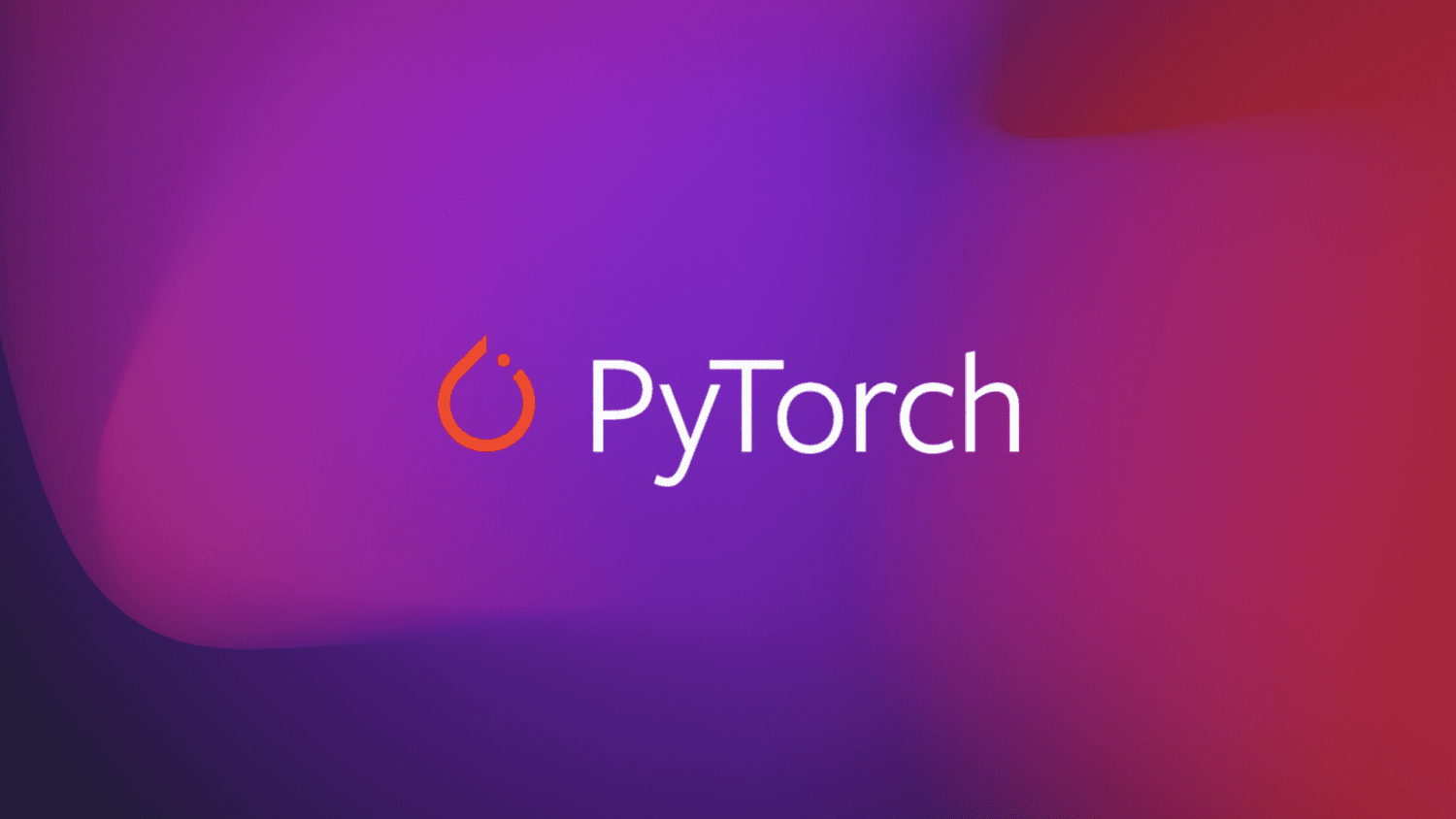

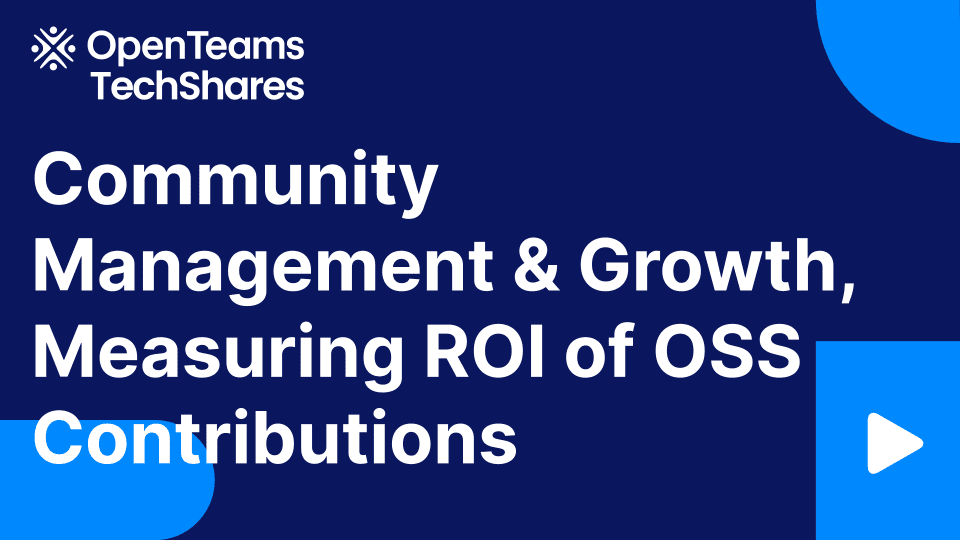
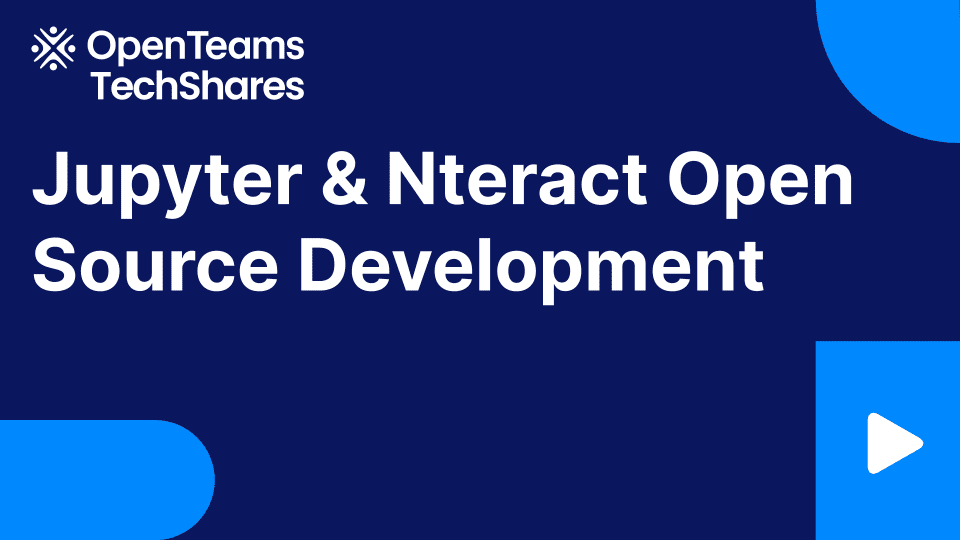
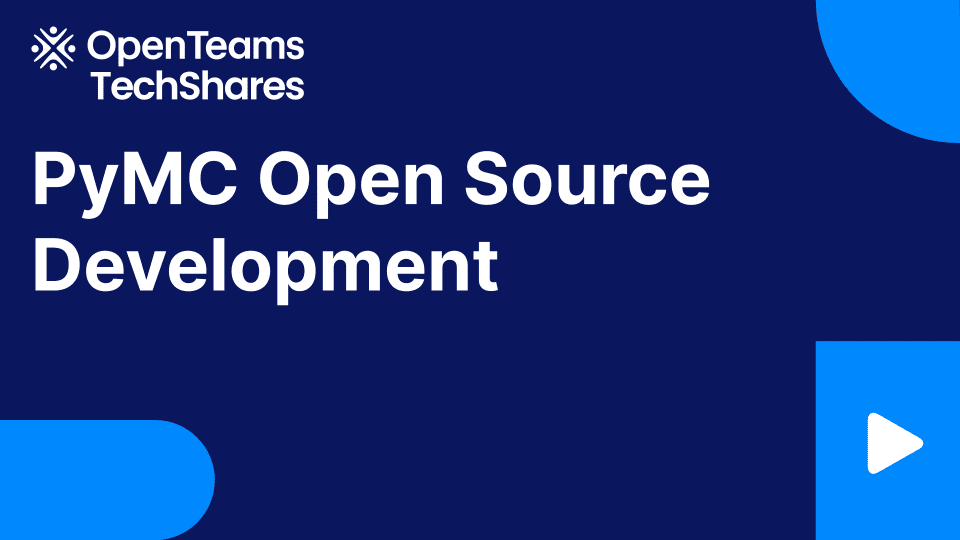
Responses